An Exciting Art of Playing on Ethnical Musical Instruments. Music Art.
People of almost all nationalities were making their own musical instrument from ancient times. Today I’ll tell you about the ethnical musical instruments: about their invention, how they work and how they are used nowadays.
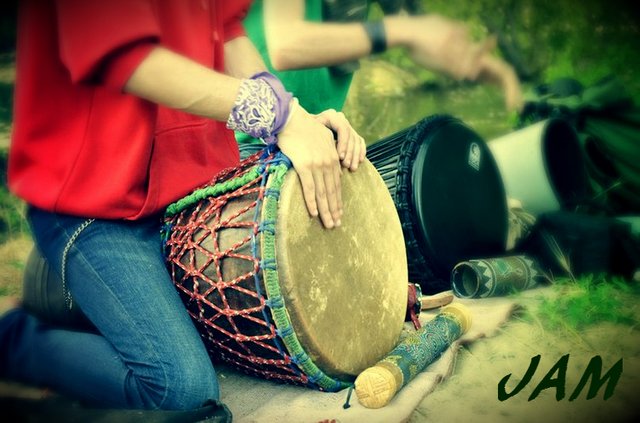
Jam
Have you ever heard about the word «jam»? No, that’s not that jam that you put on your toast at breathiest in the morning. This word has one more meaning. Jam is an event when a very small or, vice versa, huge group of people meet together for playing on different ethnical musical instruments: different kinds of drum jembe, jew’s-harp, didjeridoo, singing bowl... It’s just a little part of different a little bit odd but beautiful and unusual instruments. Jam can consist even from one instrument. For example, person who truly plays well and even has his own compositions can grab all the attention by his incredible, exciting play on his jembe or maybe doubles jembe. The quiet and loud, echoing and sonorous sounds of his instrument change your perception of reality and introduce you in your own magic trance. What’s about singing bowl? When someone, even if his alone, starts to play on this fantastic instrument, this sound, which a little bit same with ultrasound, fill the entire space immediately, blowing your mind away. Finally, when a lot of people start to play on their different ethnical musical instruments, for example, at night in the forest near the big fire or just in a small room, art-space, you just fly away; you start to be very far from this reality with all these routine in your life. By the way, a lot of people are practicing jam today not just in the forests on the festivals or in the art-spaces but also in the center of the city.
Jembe
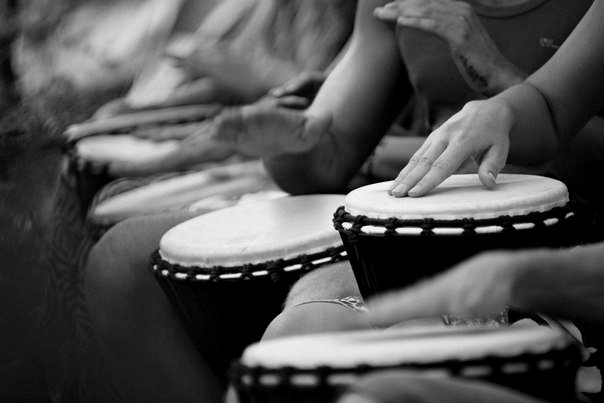
Jembe was born in Mali in XIII century. It went pretty fast through the whole territory of West Africa but became known at the East just in 50th years of XX century. After that this drum started to be very popular at East. The structure of jembe is relatively easy: it has a form of cup with one open narrow and wide upper bottom. The membrane of skin must be put on this upper bottom. Yes, the same kind jembe are making absolutely similar but they are handmade so every instrument sounds different from another one. There are a lot of different kinds of jembe in our world – you can try and choose any of them!
Didjeridoo
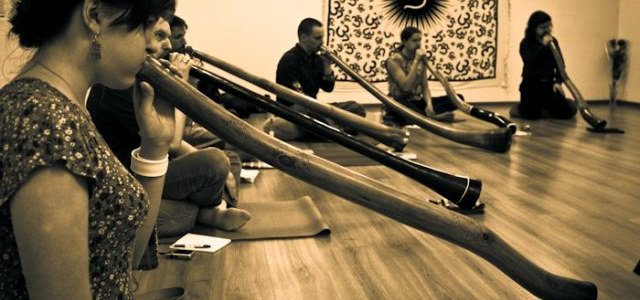
This instrument was invented by Australian aborigines. It’s one of the oldest instruments in the world. It was an aborigines’ symbol of rainbow snake Yurlungur. Didjeridoo looks like a long wide stick making from solid piece of wood which can be different. Seem to jembe, one kind instruments have the same technology of making but each of them sounds in it’s own way. The world has many kinds of didjeridoo too.
The uniqueness of this instrument lies in the fact that it sounds just on the one echoing, blank note. Nevertheless, this sound is amazing, it complements the jam, makes it deep and relaxing. Moreover, it’s a really good way of meditation: some people sit or lie on the floor and the person with didjeridoo makes his drone. As an interesting fact I can say that in the end of XX century some west musicians like Sophie Lacaze or Jamiroquai were making experiments with this instrument.
Jew’s-harp
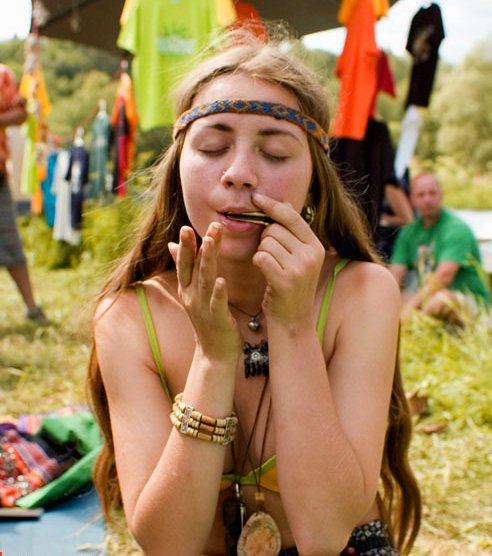
Jew’s-harp is one of the oldest musical instruments in the world too. No one knows the exact origin of jew’s-harp but the researching of Frederick Crane declare it could appear 5000 years ago in South Asia. After that it was spreading through the whole Asia and Europe to Africa and New World. When you’re playing on jew’s-harp, you should press it to your lips or teeth. Changing of mouth’s forms and breathe give an opportunity to change the timber of instrument. It’s not really difficult to play on it – the most of people can do some easy things even at the first or third time. However, you need time to play on jew’s-harp really well. What’s more, I can say that about every musical instrument.
Quiet you play or loud, alone or as a part of jam, jew’s-harp indeed sounds great, filling all the space by it’s deep vibrating sounds.
Throat singing
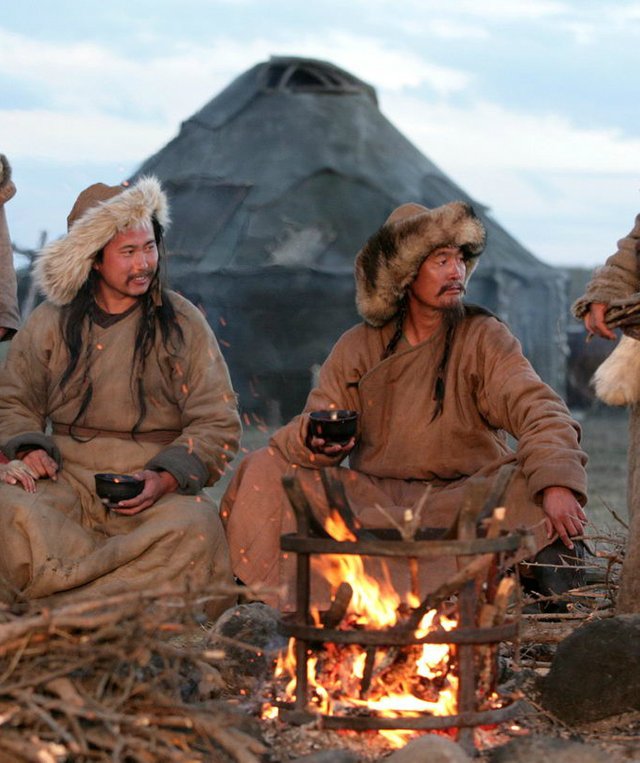
Yes, it’s maybe not a musical instrument but throat singing is an indispensable part of any jam. We don’t know the actual home of this amazing invention but probably it born in some different places approximately at the same time. It’s characteristically for traditional music of people of Siberia, Mongolia, Tibet and Turkic people. We don’t also know if it had a great role in their lives but I know that people from Mongolia were singing by their throats at night before the final fight with China in XIV century. Throat singing makes by low-frequency buzzing and upper voice which move in a series of tones.
Our world is full of musical instruments invented by people from different parts of our planet many centuries ago which make natural sounds. These engrossing, absorbing, fabulous sounds will stay forever into your heart and mind.
I love the sound of the Jembe, I can listen to a good player for hours! :-)
Cg
it's great!)
Hi, kental. It's really nice post, and I have upvoted it, but… We have text and picture, but we're missing a sound. I have a friend very interested in exotic instruments, and he turned my attention to this kind of unusual drums: https://steemit.com/music/@lighteye/ufo-drums
It would be nice to hear the sound of your instruments together with pictures, if it's possible.
it's amazing post! awesome
Thanks!
This is a fantastic and informative post! As a musician such as myself, I always strive to learn more about different instruments from all over the world, and sometimes I find information I already knew, but sometimes I find new, interesting and exciting facts about these instruments that I've heard about. I have jammed on a djembe a few times in my past, so it was really cool to learn a little about this drum. And even though I can't play a didgeridoo to save my life, I have still always been fascinated by it and the sound it produces. Again, great job @kental! I enjoyed this post very much!
Thank you, follow me if you want learn more
I like the Didjeridoo
yea)
That Jew's harp I think is an ethnic instrument from Nepal called Binaayo.
And in Serbia it is called "drombulje" :)